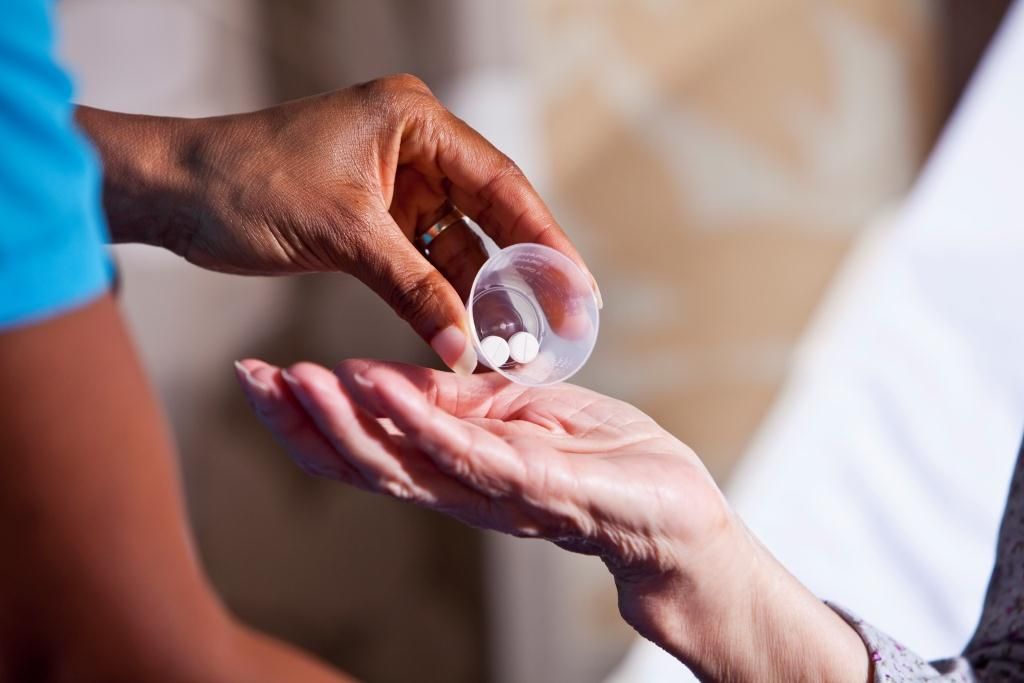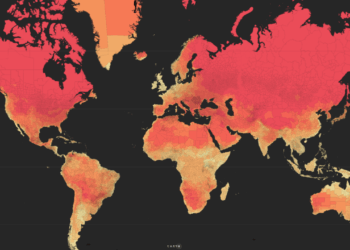Pain affects millions worldwide, yet research reveals a startling disparity: standard pain medications may not work as effectively for women as for men. This discovery has profound implications for clinical practice, patient care, and pharmaceutical development. In this comprehensive article, we’ll explore why women experience less relief from common analgesics, examine the biological and social factors at play, and discuss strategies to optimize pain management for female patients.
Study Overview
A recent large‑scale clinical study conducted across multiple U.S. medical centers evaluated the efficacy of several widely prescribed painkillers, including nonsteroidal anti‑inflammatory drugs (NSAIDs) such as ibuprofen and acetaminophen. Researchers assessed outcomes in over 5,000 participants (3,000 women and 2,000 men) suffering from acute musculoskeletal pain. Key findings included:
A. Reduced Pain Relief in Women
Women reported, on average, 25% less reduction in pain scores compared to men after 12 hours of medication use.
B. Delayed Onset of Action
The time to achieve noticeable pain relief was approximately 30% longer in female participants.
C. Higher Dosing Requirements
To reach similar analgesic effects as men, women often required up to 20% higher cumulative dosages.
These results underline that sex differences significantly influence how pain medications perform in real‑world settings.
Biological Mechanisms
Understanding why analgesics underperform in women requires a deep dive into sex‑based biological variations:
Hormonal Influences
Female sex hormones, particularly estrogen and progesterone, fluctuate across menstrual cycles, pregnancy, and menopause. These hormones modulate:
A. Drug Metabolism
Estrogen can enhance the activity of liver enzymes (e.g., CYP450 family), accelerating drug clearance and reducing drug concentrations in the bloodstream.
B. Pain Perception
Higher estrogen levels are linked to increased sensitivity of pain receptors (nociceptors), meaning women may perceive greater pain intensity.
Pharmacokinetic Differences
Pharmacokinetics—the body’s processing of drugs—varies by sex:
A. Absorption
Gastrointestinal transit time and gastric pH can differ, altering the rate at which oral painkillers enter systemic circulation.
B. Distribution
Women generally have higher body fat percentages, which changes drug distribution volumes for lipophilic medications.
C. Metabolism
Sex‑specific enzyme expression leads to faster or slower biotransformation, affecting how long drugs remain active.
D. Excretion
Renal function and glomerular filtration rates may vary, influencing the elimination speed of metabolites.
Socio‑Cultural Factors
Beyond biology, social factors shape how women experience and report pain, and how they are treated in medical settings.
Pain Reporting and Bias
A. Patient Self‑Reporting
Studies show women are more likely to describe pain vividly, which can lead to clinical skepticism.
B. Provider Perceptions
Healthcare professionals may unintentionally discount women’s pain complaints, resulting in under‑dosing or delayed treatment.
Treatment Adherence
A. Medication Compliance
Work, family responsibilities, and care duties can cause women to miss doses or avoid up‑titration, diminishing therapeutic outcomes.
B. Communication Gaps
Inadequate patient counseling on dosing schedules and side‑effect management may disproportionately affect women.
Implications for Clinical Practice
Recognizing these disparities is vital for improving pain management:
Personalized Dosing Strategies
Clinicians should consider:
A. Weight‑ and Sex‑Based Dosing
Adjust dose calculations to account for female pharmacokinetics.
B. Hormonal Status
Align treatment plans with menstrual cycles or menopausal status to maximize efficacy.
Alternative Analgesic Options
Exploring non‑NSAID approaches may benefit women:
A. Adjuvant Therapies
Antidepressants (e.g., duloxetine) or anticonvulsants (e.g., gabapentin) can augment pain relief.
B. Non‑Pharmacological Interventions
Physical therapy, acupuncture, and cognitive behavioral therapy (CBT) offer complementary benefits without sex‑based drug metabolism concerns.
Enhanced Communication
Encourage open dialogue:
A. Pain Assessment Tools
Use validated, gender‑sensitive scales to capture nuanced pain experiences.
B. Patient Education
Explain how hormonal cycles and body composition influence drug action to set realistic expectations.
Research and Development
Pharmaceutical companies and researchers must prioritize sex differences in drug development:
Inclusive Clinical Trials
A. Balanced Enrollment
Ensuring equal representation of women in all trial phases.
B. Sex‑Stratified Analysis
Reporting efficacy and safety data separately for male and female cohorts.
Novel Formulations
Exploring drug delivery systems tailored to women’s physiology:
A. Transdermal Patches
Bypass first‑pass metabolism and provide steady dosing.
B. Nanoparticle Carriers
Enhance targeted delivery and controlled release.
Recommendations for Patients
Women experiencing inadequate pain relief should consider the following steps:
A. Discuss Symptoms Openly
Inform healthcare providers about menstrual cycle patterns, hormone therapies, and intensity of pain.
B. Track Medication Effects
Maintain a pain diary noting onset time, relief duration, and side effects.
C. Review Treatment Regularly
Schedule follow‑up visits to reassess dosing and explore alternative options.
D. Leverage Support Networks
Join patient communities or support groups for shared experiences and coping strategies.
Future Directions
Ongoing research aims to:
A. Identify Biomarkers
Discover molecular predictors of analgesic response in women.
B. Develop Sex‑Specific Guidelines
Create evidence‑based protocols for female patients.
C. Educate Healthcare Providers
Integrate sex‑difference training into medical curricula to reduce bias.
Conclusion
The revelation that women derive less benefit from standard painkillers underscores an urgent need for personalized medicine. By acknowledging biological, social, and clinical factors, healthcare systems can optimize pain management and ensure equitable care. Clinicians, researchers, and patients must collaborate to refine dosing guidelines, broaden treatment options, and foster informed decision‑making. Ultimately, tailored strategies will pave the way toward more effective pain relief for women, improving quality of life and health outcomes.














